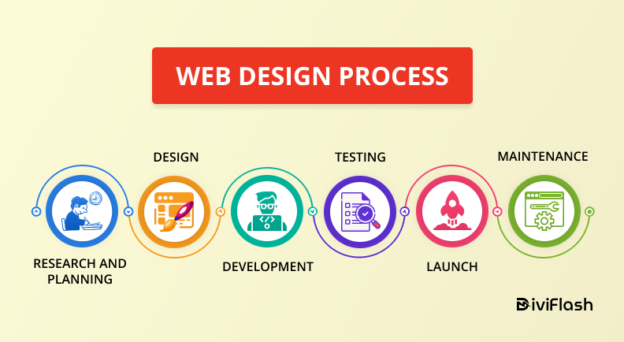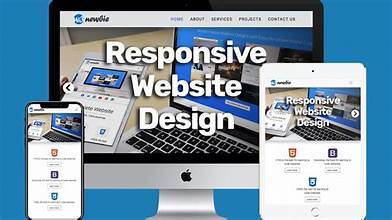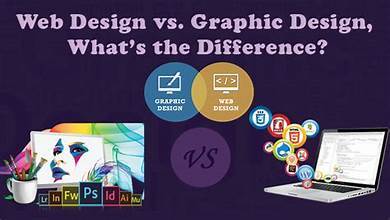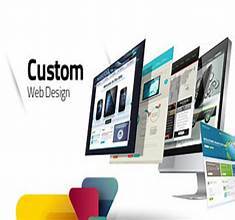Creating a successful website requires careful planning and execution. Whether you’re building a site from scratch or redesigning an existing one, following a structured process ensures the best results. As a leading web agency Mauritius, we believe in a step-by-step approach to web design. Here’s our ultimate web design process in 10 simple steps.
1. Understand Client Needs
Before diving into design, it’s crucial to understand the client’s needs. We begin by discussing goals, target audience, and business objectives. This step helps us create a design tailored to your specific needs.
2. Research and Competitor Analysis
Next, we conduct research to understand industry trends and analyze competitors. This allows us to design a site that stands out while meeting industry standards.
3. Create a Website Structure
A well-organized website structure is essential for user experience. We map out the site’s architecture, including pages, navigation, and content flow. This step ensures a user-friendly experience.
4. Develop Wireframes
Wireframes are visual blueprints that outline the layout of each page. At this stage, we focus on placement and structure without any design elements. This helps us plan the user journey.
5. Design Mockups
After wireframes are approved, we move on to creating mockups. These mockups showcase how the final design will look, including colors, fonts, and images. As a top service, we prioritize aesthetics and functionality.
6. Gather Client Feedback
We believe in a collaborative process. After presenting mockups to the client, we gather feedback and make necessary adjustments. This ensures the final design aligns with the client’s vision.
7. Develop the Website
Once the design is approved, we move to the development phase. Our team uses the latest technologies to build a responsive, fast, and secure website. This step brings the design to life.
8. Content Integration
Content is key to a successful website. We integrate the client’s content, including text, images, and videos, in a way that complements the design. For optimal results, we provide content marketing services as well.
9. Testing and Quality Assurance
Before launch, we rigorously test the website for functionality, speed, and responsiveness. We ensure that the site works seamlessly across all devices, including desktops, tablets, and smartphones.
10. Launch and Ongoing Support
After testing is complete, the website is ready for launch. We handle the entire process and ensure a smooth transition. After launch, we provide ongoing support for maintenance and updates.
Designing a website is a detailed process that requires expertise and collaboration. By following these 10 simple steps, our web agency Mauritius ensures your website meets industry standards while reflecting your brand’s identity.
Ready to create or redesign your website? Contact our expert team at web design Mauritius today to start your web design journey!










